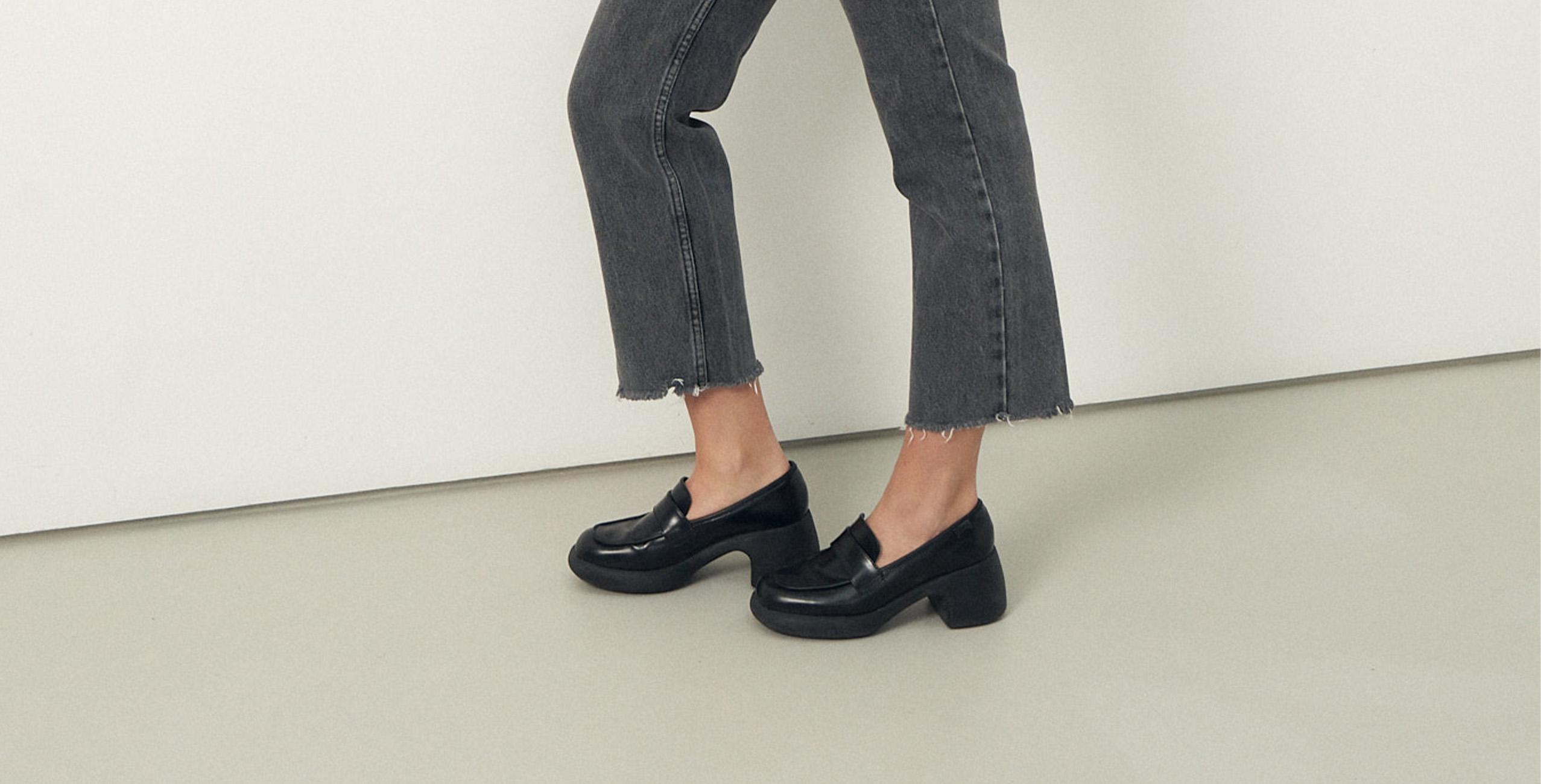At Paradigme, we believe in the multi-brand model to help brands get started easily in second-hand
Convinced that it is high time to engage in second-hand, a brand can decide today to go it alone, or with a partner who will develop a tab of second-hand items on its site.
Beyond the economic argument, the arguments in favor of Paradigme's offer stem from deeper roots in the coexistence, in fashion, of new and second-hand.
Entering the second-hand market: a complexity for brands
Despite the potential initiatives of brands in favor of the second hand, the heart of their offer is, and will remain, the first hand : to design and produce articles that we like to wear. Launching into the second-hand market means moving away from this core business. It takes time, energy, and it may not take.
A second-hand offer that can be disappointing
A second-hand offer launched in-house takes the risk, at choice, of lacking depth and of being disappointing for the customer who has not found what he or she is looking for in the few items available, or of being too extensive for a site that puts forward, first, its new items. In this second case, the brand takes the risk of running out of traction for its second-hand offer and ending up with an expensive second-hand stock on its hands.
The multi-brand marketplace specializing in second-hand fashion has the advantage of both benefiting from a richer offer and stronger traction among target customers.
Buyers of new and buyers of second-hand clothes are still quite different
If we highlight this subject of traction among target customers, it is because, although the border between first and second-hand buyer of a brand tends to diminish, it remains very real . We therefore do not address one with the same arguments as the other. Brands will therefore not be able to launch a second-hand offer without a significant effort in their discourse to promote this new offer.
A risk of cannibalization
And even in the case of an apparently ideal scenario for the brand, where its second-hand offer would be sufficient but not too plethoric, with an attractive message for the second-hand consumer, it takes the risk of creating direct competition, on the same channel, its first and second-hand items , and thus cannibalize its sales.
As you will have understood, a brand has every interest in trusting a multi-brand platform to relay its second-hand offer: Paradigme for example?










